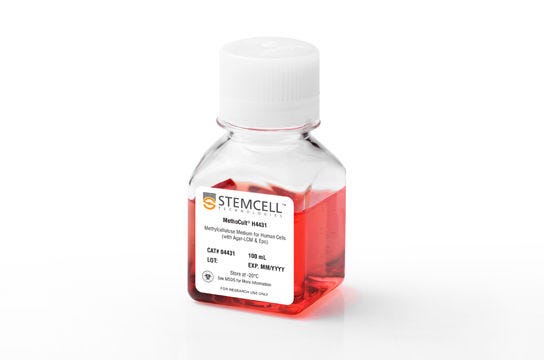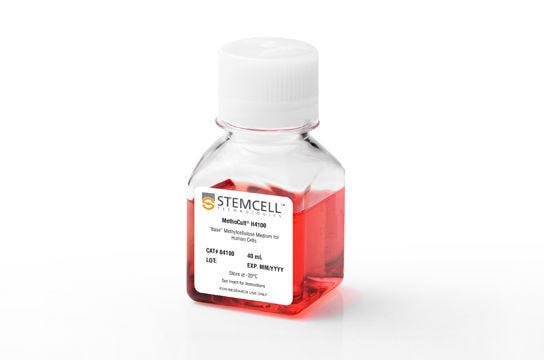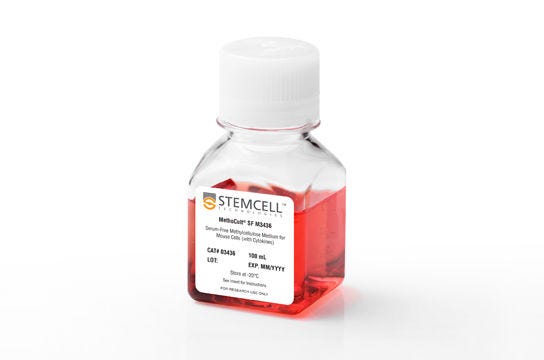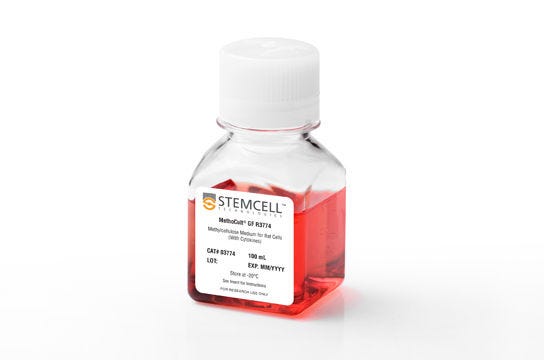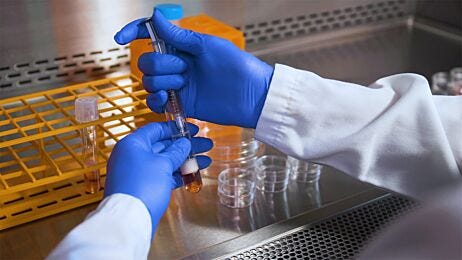MethoCult™ Semi-Solid Methylcellulose-Based Media
MethoCult™ Methylcellulose-Based Media
Detect & Quantify Hematopoietic Progenitor Cells in Colony-Forming Unit (CFU) Assays
MethoCult™ is a line of semi-solid methylcellulose-based media formulated to promote optimal growth and differentiation of hematopoietic progenitor cells in culture. MethoCult™ is the “Gold Standard” for the in vitro detection and quantification of hematopoietic progenitor cells in the colony-forming unit (CFU) or cell (CFC) assay, also known as the methylcellulose assay. A wide range of MethoCult™ media formulations are available for CFU assays with hematopoietic cells from human and mouse tissues. Select formulations can also be used with hematopoietic cells derived from human pluripotent stem cells (hPSCs) or from other species, specifically rats, non-human primates and dogs.
Why Use MethoCult™ Media?
- Prepared using carefully screened components.
- Rigorous performance testing, ensuring superior lot-to-lot reproducibility.
- Available in ready-to-use formulations to identify and enumerate total CFUs, erythroid (CFU-E and BFU-E), granulocyte/macrophage (CFU-GM, CFU-G and CFU-M) and multi-lineage (CFU-GEMM) progenitors.
- Also available in formulations that allow the researcher to add components of choice. Custom formulations and sizes are available on request.
Unsure Which MethoCult™ Formulation is Right for You?
For robust colony growth in the CFU assay, the most optimal MethoCult™ formulation will depend on your starting cell source. Use our Interactive Product Finder to determine which formulation is best for your experiment, and generate a complete materials list for your CFU assay.
Data

Figure 1. Human Cord Blood Colonies Plated in MethoCult™ Optimum H4034, Imaged on STEMvision™ Instrument
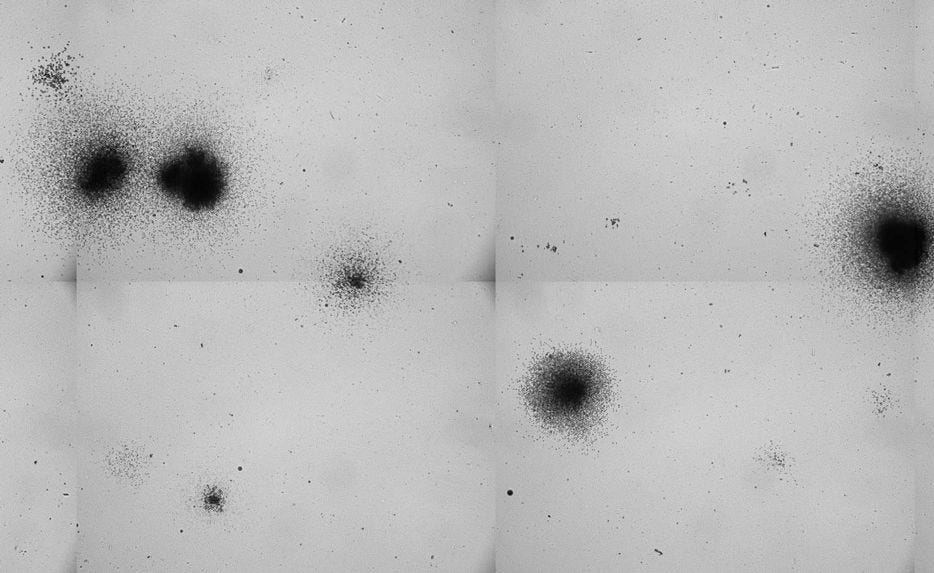
Figure 2. Mouse Bone Marrow Colonies Plated in MethoCult™ GF M3434, Imaged on STEMvision™ Instrument
Automate and Standardize CFU Assay Counting
Ensure accurate and reproducible CFU assay results by using STEMvision™, a bench-top instrument and computer system for automated imaging and counting of hematopoietic colonies.
Brand History
Both STEMCELL and MethoCult™ grew out of the Media Preparation Service of the Terry Fox Laboratory for Hematology/Oncology Research at the British Columbia Cancer Agency. Now more than 20 years later, MethoCult™ is the most published methylcellulose-based medium for use in hematopoietic CFU assays.CFU Assay Resources
Explore our resources for information and support on setting up, optimizing, and standardizing the CFU assay.
Key Applications and Related Publications
Studying Effects of Intrinsic and Extrinsic Regulators on Normal Hematopoietic Progenitor Cell Proliferation and Differentiation
Zimdahl B et al. (2014) Lis1 regulates asymmetric division in hematopoietic stem cells and in leukemia. Nat Genet 46(3):245-52
Baker S et al. (2014) B-myb is an essential regulator of hematopoietic stem cell and myeloid progenitor cell development. Proc Natl Acad Sci 111(8):3122-7
Studying Effects of Intrinsic and Extrinsic Regulators on Malignant Hematopoietic Progenitor Cell Proliferation and Differentiation
Zhu X et al. (2014) Identification of functional cooperative mutations of SETD2 in human acute leukemia. Nat Genet46(3):287-93
Xu J et al. (2014) DNMT3A Arg882 mutation drives chronic myelomonocytic leukemia through disturbing gene expression/DNA methylation in hematopoietic cells. Proc Natl Acad Sci111(7):2620-5
Montes R et al. (2014) Ligand-independent FLT3 activationdoes not cooperate with MLL-AF4 to immortalize/transform cord blood CD34+ cells.Leukemia28(3):666-74
Evaluating Hematopoietic Cell Samples for Stem Cell Transplantation
Prasad V et al. (2008) Unrelated donor umbilical cord blood transplantation for inherited metabolic disorders in 159 pediatric patients from a single center: influence of cellular composition of the graft on transplantation outcomes. Blood 112(7):2979-89
Page et al. (2011) Total colony-forming units are a strong, independent predictor of neutrophil and platelet engraftment after unrelated umbilical cord blood transplantation: a single-center analysis of 435 cord blood transplants. Biol Blood Marrow Tr 17(9):1362-74
Optimizing and Evaluating Gene Transfer Protocols
Aiuti A et al. (2013) Lentiviral hematopoietic stem cell gene therapy in patients with Wiskott-Aldrich syndrome. Science 341(6148):1233151
Biffi A et al. (2013) Lentiviral hematopoietic stem cell gene therapy benefits metachromatic leukodystrophy. Science 341(6148):1233158
Quantifying Human and Mouse Primitive Hematopoietic Progenitor Cells Following Long-Term Culture-Initiating Cell (LTC-IC) Assays
Lemieux M et al. (1995) Characterization and purification of a primitive hematopoietic cell type in adult mouse marrow capable of lymphomyeloid differentiation in long-term marrow "switch" cultures. Blood 86(4):1339-47
Kirouac D et al. (2010) Dynamic interaction networks in a hierarchically organized tissue. Mol Syst Biol 6:417
Quality Control of Cryopreservation, Cell Processing and Ex Vivo Manipulation Procedures
Broxmeyer H et al. (2003) High-efficiency recovery of functional hematopoietic progenitor and stem cells from human cord blood cryopreserved for 15 years.Proc Natl Acad Sci 100(2):645-50
Koliakos G et al. (2007) A novel high-yield volume-reduction method for the cryopreservation of UC blood units. Cytotherapy 9(7):654-9
Testing in Vitro Sensitivity of Hematopoietic Progenitor Cells to Candidate Therapeutics for Drug Development
Pessina A et al. (2003) Application of the CFU-GM assay to predict acute drug-induced neutropenia: an international blind trial to validate a prediction model for the maximum tolerated dose (MTD) of myelosuppressive xenobiotics. Toxicol Sci 75(2):355-67
Evaluating Hematopoietic Differentiation of Induced Pluripotent Stem Cells
Amabile G et al. (2013) In vivo generation of transplantable human hematopoietic cells from induced pluripotent stem cells. Blood 121(8):1255-64


